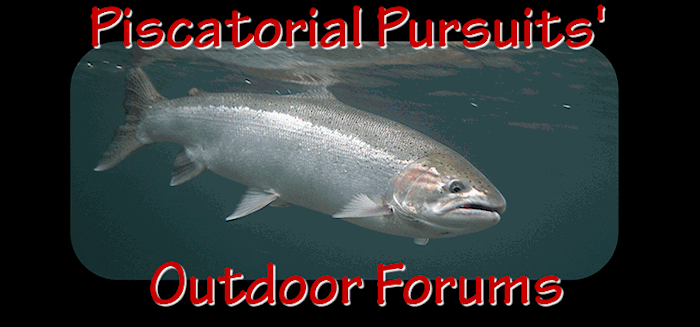I've read about several of these "natural hatcheries" that attempt to mimic the natural conditions found in streams. However, I'm not so sure that these will produce fitter smolts because of the basic premise of hatchery operations: creating a large number of smolts from relatively few adults.
In the wild you may get single digit survival from egg to smolt while in hatcheries, survival rates of 80 to 90 percent are not uncommon. Those few wild smolts that make it do so because they are extremely healthy and fit, genetically adapted to the stream of origin, aggressive feeders, resistent to disease, able to avoid predators, etc. All those that aren't, die! That's why fish geneticists have found genetic differences between smolts born of wild fish but raised in a hatchery--i.e., 1st generation brood stock-- compared to wild smolts raised in the river.
In order to co-exist with wild fish and have no detrimental effects, there is building evidence that hatchery programs should adopt policies and operations that foremost keep the hatchery fish separate from the wild fish. Broodstock programs should be used to produce a higher quality of fish or higher survival rates for harvest fisheries, not as a way to "make" wild fish or make runs that are more compatible with wild runs. Just doesn't seem to work.
This doesn't mean that hatcheries have to be eliminated, but adjusted to keep hatchery/wild interactions to a threshold minimum that won't be detrimental to wild populations. Without hatchery production, fishing opportunities (both commercial and recreational) will be substantially curtailed over what exists now, and there will likely be a continued pressure to allow the harvest of wild fish.













 Previous Topic
Previous Topic Index
Index


